Background information
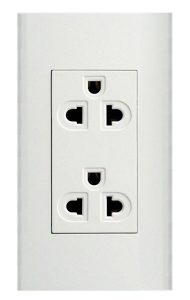 In the past, Thailand conformed to the American plug and socket standard (types A & B), which, from a safety perspective, was not the wisest choice. After all, type A and B plugs are supposed to be connected to power outlets that supply between 100 and 127 volts and wall sockets in Thailand operate at 230 volts. This means that imported appliances, equipped with type A or B plugs, require a voltage between 100 and 127 V and will be damaged (or even catch fire) when they are plugged into a Thai wall socket. That is, unless they are dual voltage of course.
In the past, Thailand conformed to the American plug and socket standard (types A & B), which, from a safety perspective, was not the wisest choice. After all, type A and B plugs are supposed to be connected to power outlets that supply between 100 and 127 volts and wall sockets in Thailand operate at 230 volts. This means that imported appliances, equipped with type A or B plugs, require a voltage between 100 and 127 V and will be damaged (or even catch fire) when they are plugged into a Thai wall socket. That is, unless they are dual voltage of course.
Dual voltage devices can accept both 100-127 V and 220-240 V. Luckily for the Thai people, most low energy-consuming modern electronic devices (e.g. phone chargers, laptops, etc.) are dual voltage, so no problems there. However, high energy-consuming appliances like washing machines, dishwashers and TVs are rarely dual voltage. Such domestic appliances are therefore always imported from countries that operate at 220-240 V, which obviously means that they are shipped with mains plugs that have been specifically designed for a 220-240 V power supply, like types C or E/F.
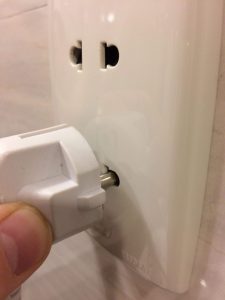
There's unsafe compatibility between type E/F plugs and hybrid Thai sockets. Appliances will work, but the plugs' earth contacts will not be connected to the ground, which is potentially dangerous.
In other words, in practice, types C and E/F were additional ‘de facto’ plug standards, which led to the introduction of hybrid power outlets designed to accept plug types A/C or A/B/C. However, these hybrid receptacles are not really compatible with the frequently used grounded plug type E/F. “Not really compatible” means that plug types E/F do fit those hybrid sockets, but the earth will not be connected, which is of course extremely hazardous. Moreover, those hybrid outlets are not recessed and the power pins of type E/F plugs do not have insulated sleeves, which cover the base of the pins. So, when an E/F plug is partially pulled out, you will be able to touch the prongs while they are still live!
In order to put an end to the unsafe use of E/F plugs, the Thai Government banned the sale of appliances fitted with E/F plugs and introduced a new type of grounded plug (type O), which had to become the only official grounded plug in the country. The type O plug, rated at 16 amps, was introduced in 2006. The standard is described in TIS 166-2549 (incidentally, the last four digits refer to the Buddhist year 2549, which corresponds to the year 2006 in the Gregorian calendar).
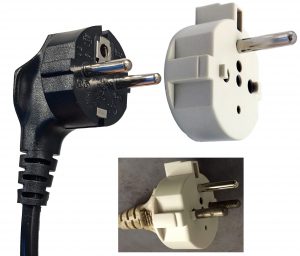
A special plug adapter ensures that the frequently used E/F plugs are earthed when plugged into a Thai hybrid outlet.
Type O consists of two power pins and an earth pin, which are round and have a 4.8 mm diameter. The power pins measure 19 mm in length, they have 10 mm long insulated sleeves and their centres are spaced 19 mm apart. The earth pin has a length of 21.4 mm. The centre-to-centre distance between the grounding pin and the middle of the imaginary line connecting the two power pins is 11.9 mm, which is exactly the same distance as in type B plugs. This is not a coincidence, since the hybrid version of this socket was designed to accommodate plug types A, B, C and O. In the long run, compatibility with American plugs is planned to be phased out, since the electrical network in Thailand operates at 230 V. For now, type O outlets only exist on paper. All sockets that are currently sold are hybrid ones, which are compatible with types plug types A, B, C and O. (And of course, as I mentioned earlier, there is the very unsafe compatibility between type O sockets and type E/F plugs.) Although they look similar, type O plugs are not interchangeable with the Israeli type H or the Danish type K power plugs.
Since many Thai people still have household appliances fitted with E/F plugs, which were declared illegal in 2008, a special plug adapter was introduced. It ensures that E/F plugs are earthed when plugged into a Thai hybrid outlet.
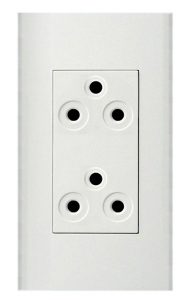
For now, type O outlets only exist on paper. All sockets that are currently sold are hybrid ones.
As mentioned before, the type O plug and socket system was introduced in 2006, but can somebody please enlighten me as to why on earth a country would develop a whole new electric standard when there are several alternatives available? Standardizing on type F would have been self-evident: it is an extremely safe system and it is compatible with plug types C and E/F, which are frequently used in Thailand. As the Thai Government is going to phase out compatibility with the American plug types A and B anyway, why haven’t they adopted the type F standard, while at the same time allowing for a period of transition where hybrid B/F-receptacles as well as type F sockets may be installed? This is absolutely mind-boggling!
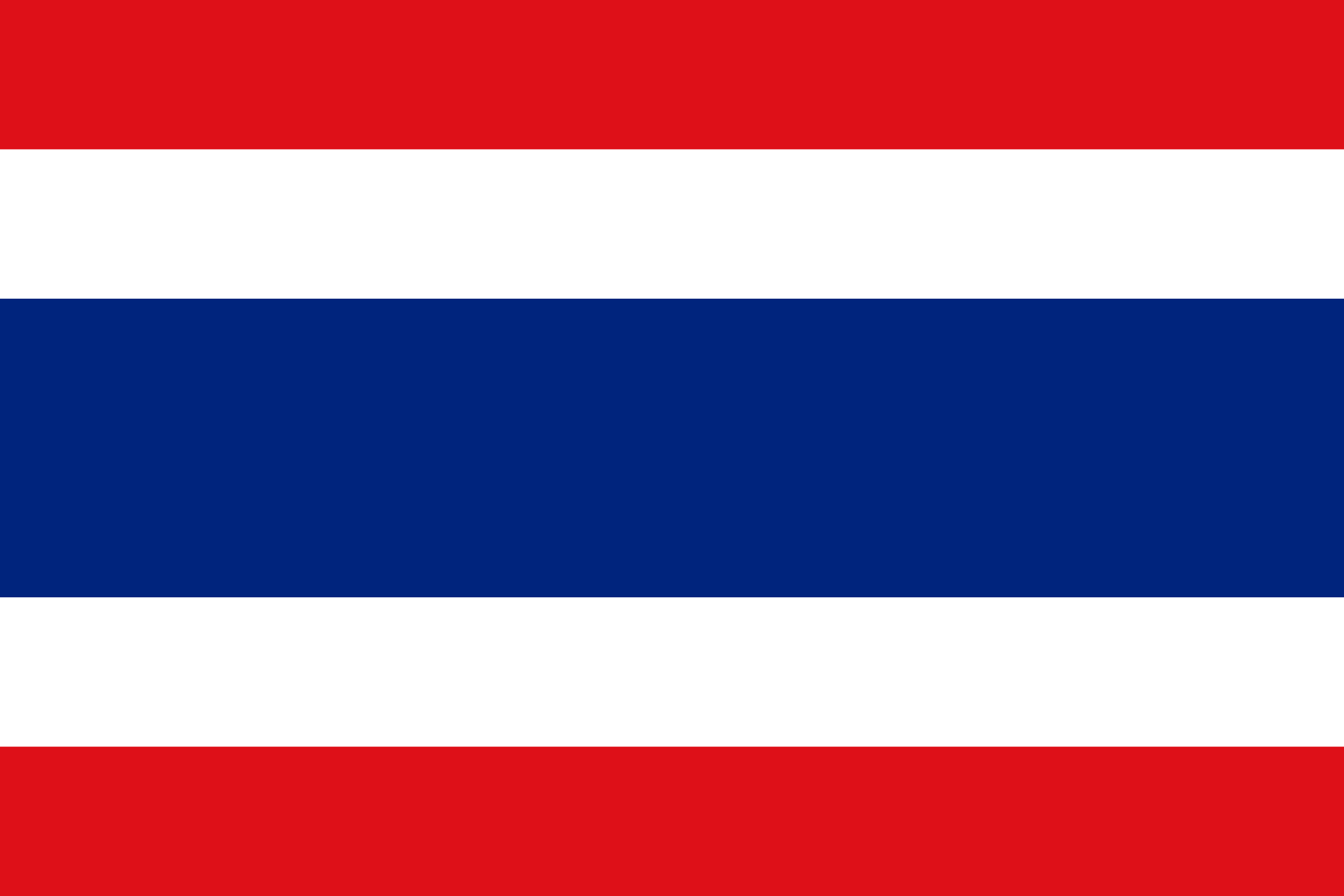
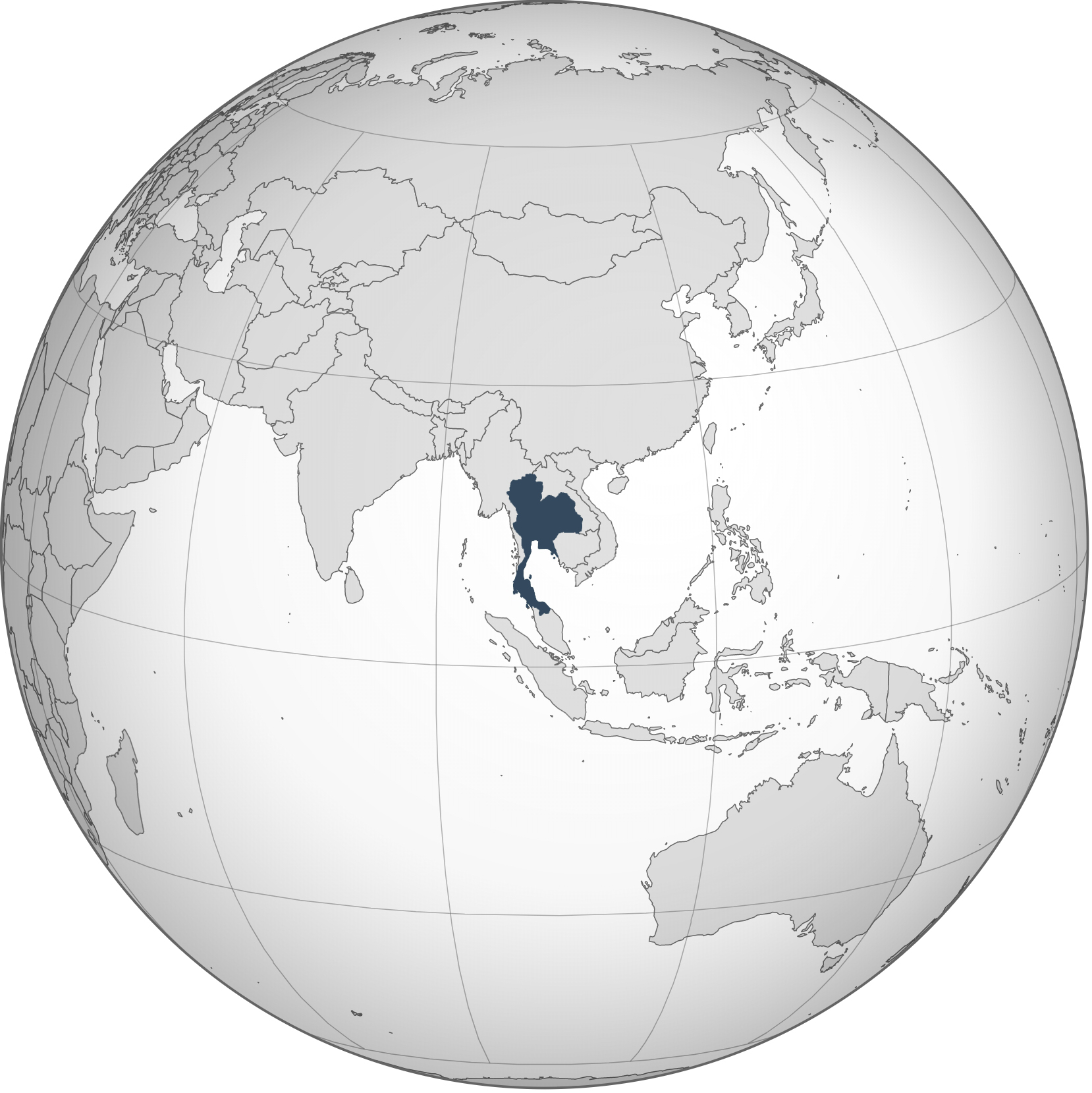
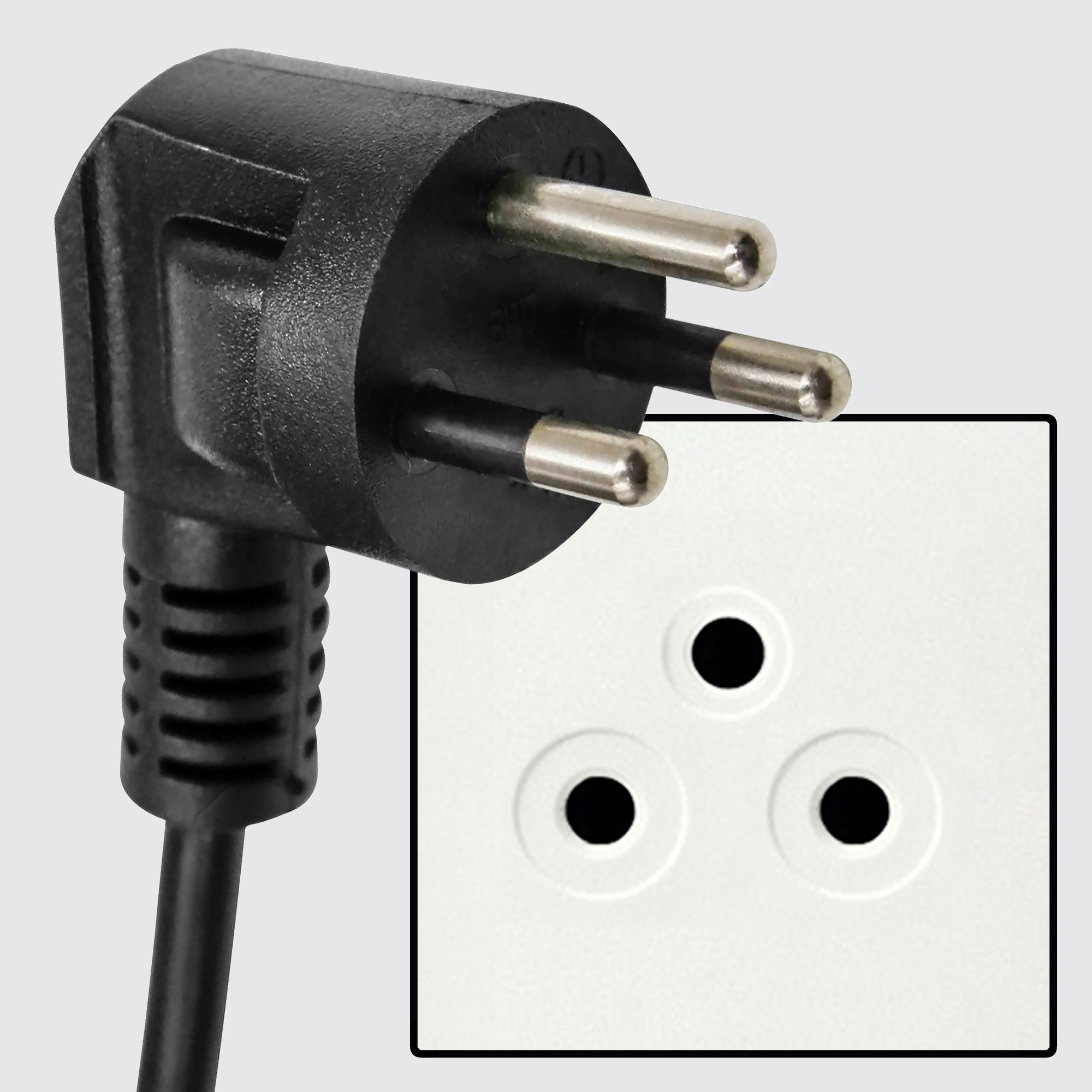
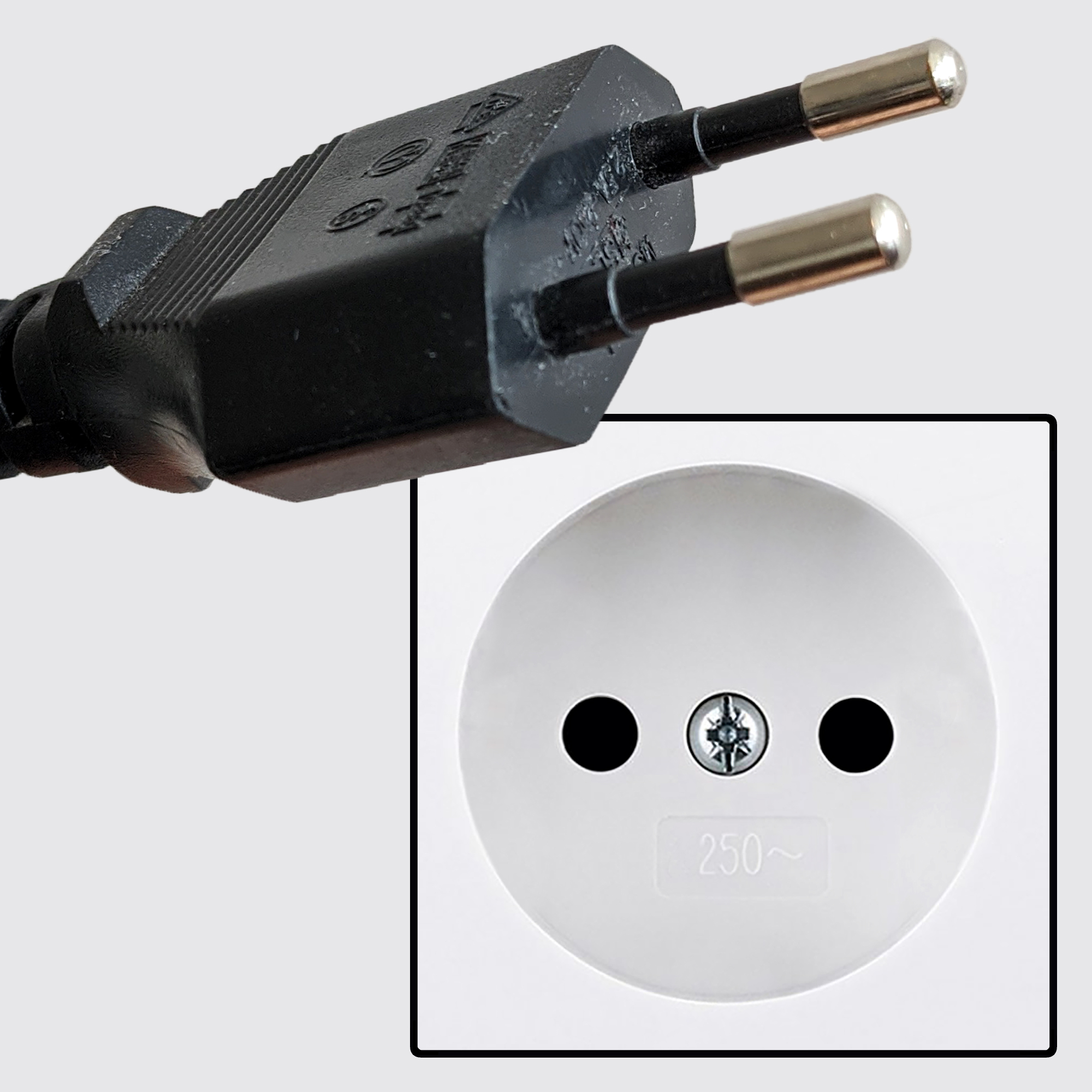
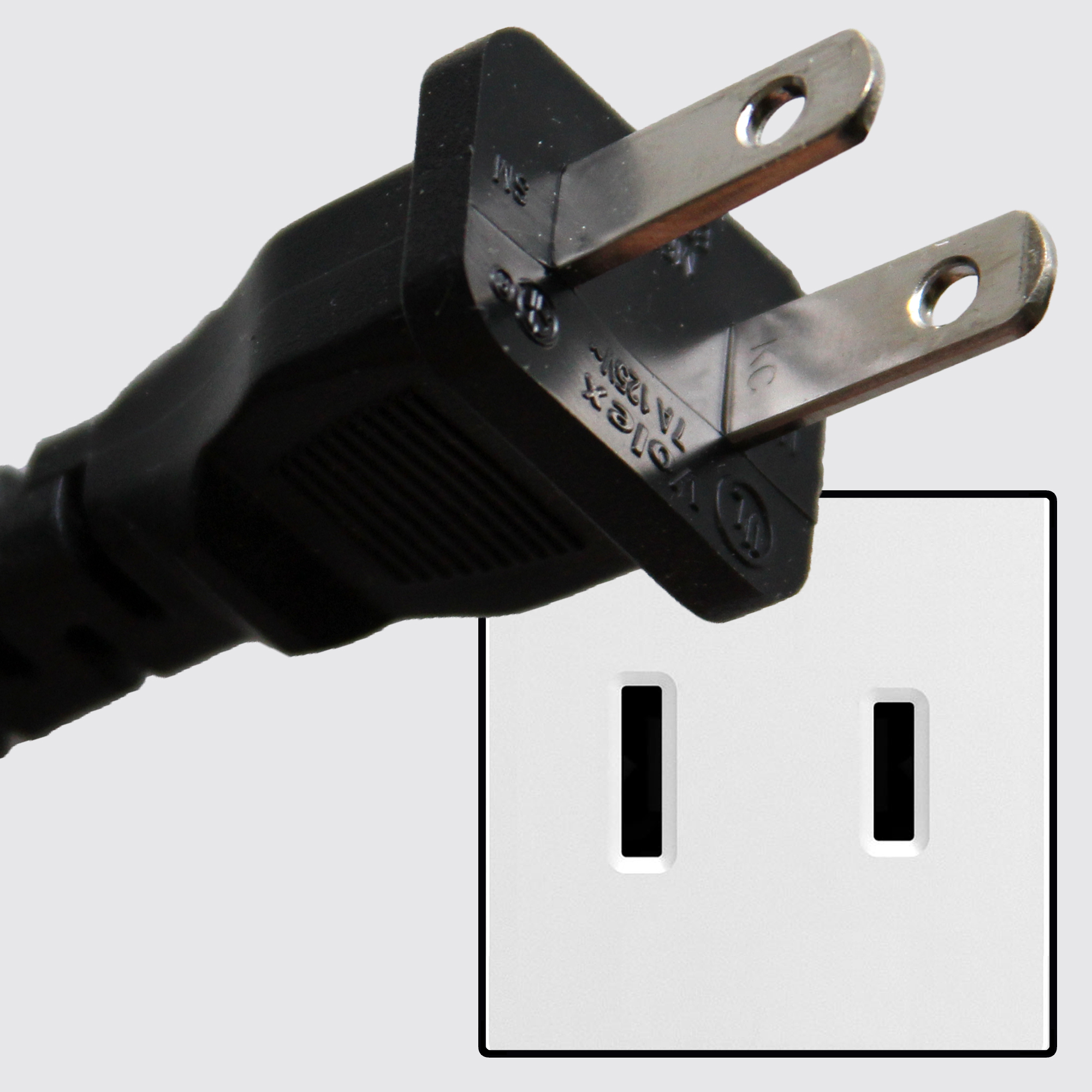
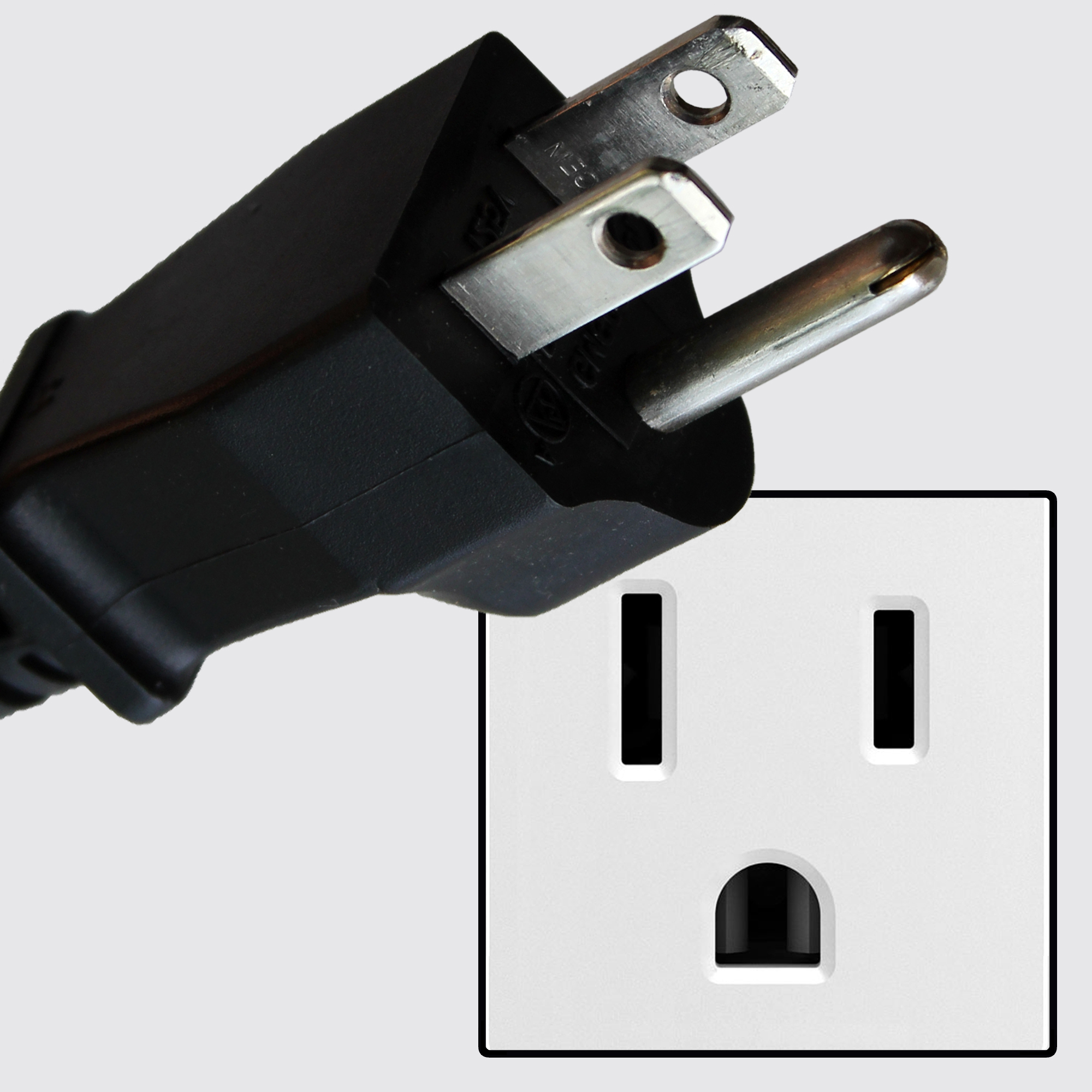
 In the past, Thailand conformed to the American plug and socket standard (types
In the past, Thailand conformed to the American plug and socket standard (types 


